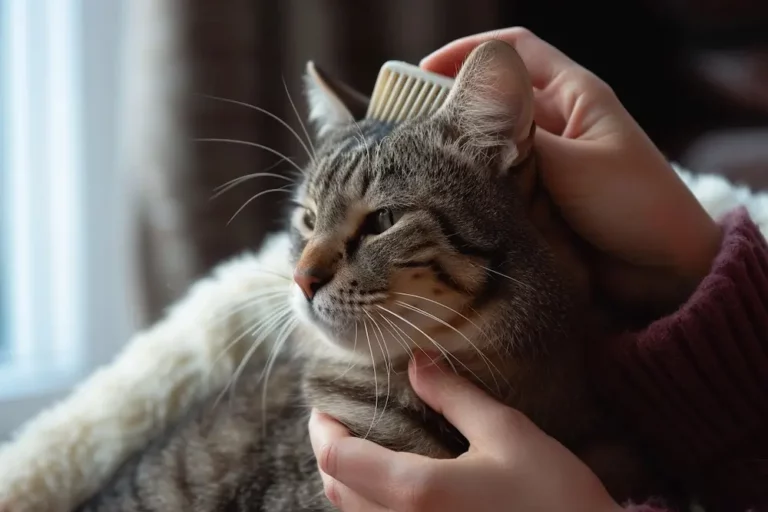Can You Spay a Cat in Heat?
There are various perspectives as to when to spay a
Perhaps you intended for early spaying but your kitten went into puberty early (some go into heat at 4 months) or you took some time making the decision. Now your
The short answer:
Veterinarians have different beliefs, competencies, and moral issues when spaying cats in heat as well as pregnant cats. But, there are many veterinarians as well as low-cost and free alternatives that spay a
Can a male cat be spayed?
The medical term for spaying is ovariohysterectomy, the surgical removal of the ovaries and uterus of female pets. So if you meant to spay a male
What happens during a heat cycle?
When a queen is in heat, her ovaries and uterus are engorged with blood so they are larger in size. Her uterus will also be non-stretchy and thicker than usual. The tissues surrounding her reproductive organs are also friable or tear more easily and bleed more during her heat cycle.Â
There is more bleeding when cutting through the skin, muscles, and fat of in-heat cats. Severe loss of blood is a major concern during the surgery and even afterwards. Your vet will have to make a longer incision on your
Because of these difficulties, some vets advice pet owners to let their cats complete their heat cycle and proceed with the surgery one to two weeks after the heat cycle ends. If you are worried that your
Risks of cat spaying
Spay
- Physical pain when sitting and walking
- Swelling or a lump on incision site
- Partial or complete break down of stitches due to cats licking or biting off sutures
- Wound infection
- Peritonitis due to bacterial infection or rupture of abdominal organ
- Post-operative kidney failure
- Ureter laceration during surgery
- Breast enlargement
- Failure to tie ovarian or uterine blood vessels adequately during surgery
- Tracheal damage due to over-inflation of endotracheal tubes
- Anaesthetic death
In addition, in-heat cats are more at risk of developing mammary hyperplasia or rapid growth of mammary tissues. Weight can also be a problem as overweight cats are more at risk of anesthesia problems. Still, it cannot be argued that a seemingly healthy-looking
Veterinarians avoid spaying cats with medical conditions that can increase the risk of anaesthetics. Heart conditions, respiratory, kidney, liver ailments, and severe blood clotting disorders are some reasons why your
Do spayed cats go into heat again?
If you spay
- Failure to remove both ovaries
- Ovarian tissue remnants
- An abnormal ovarian tissue remains functional
- Supernumerary ovary or excessive ovaries
- Adrenal gland condition
In some cats, the habit of spraying and other symptoms of heat are developed when they are allowed to experience being in heat. They may have to learn to stop these habits or behavioral problems after being spayed. Aside from spraying pheromone blockers on spray sites, early spaying is seen as the best way to avoid these habits from forming.






